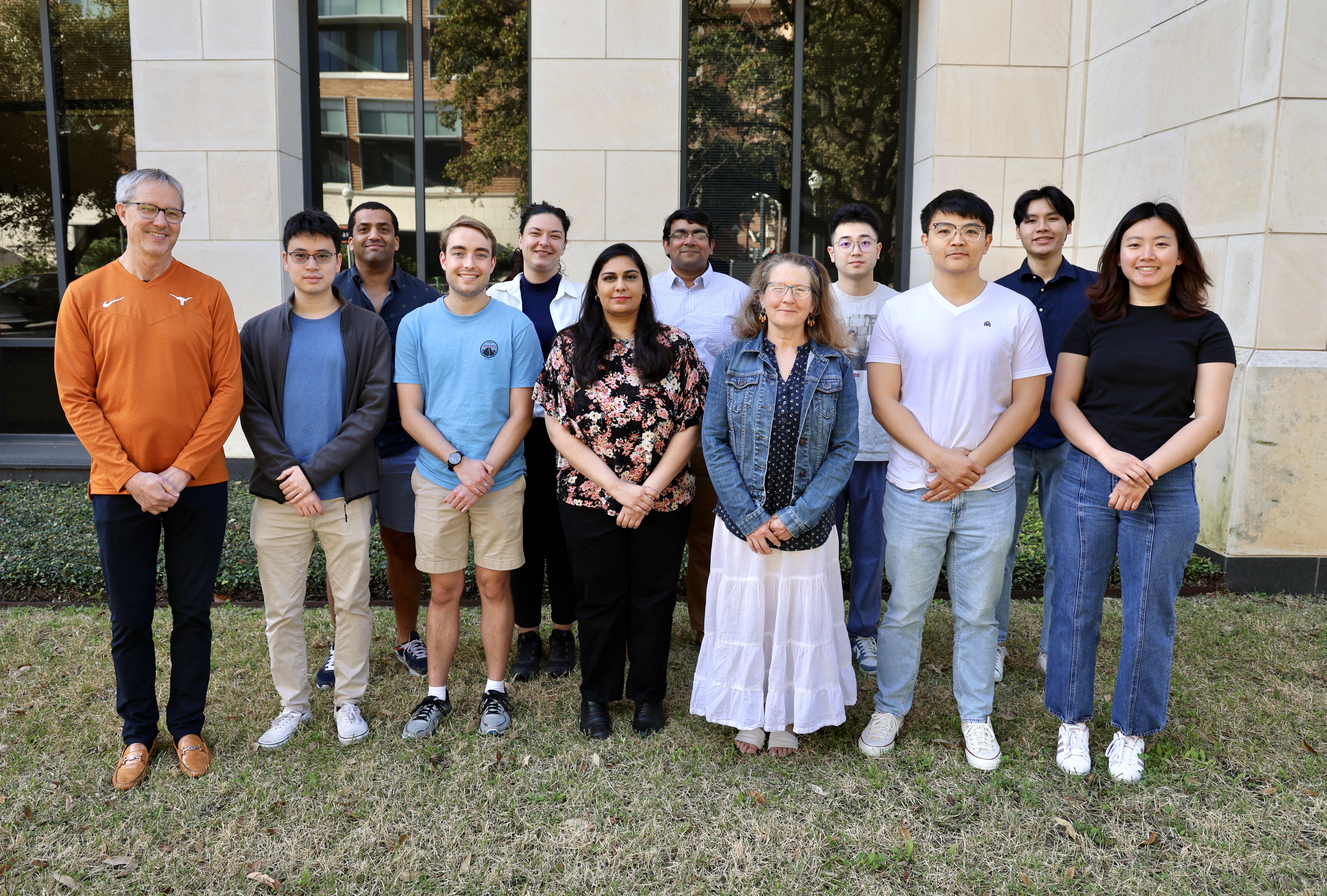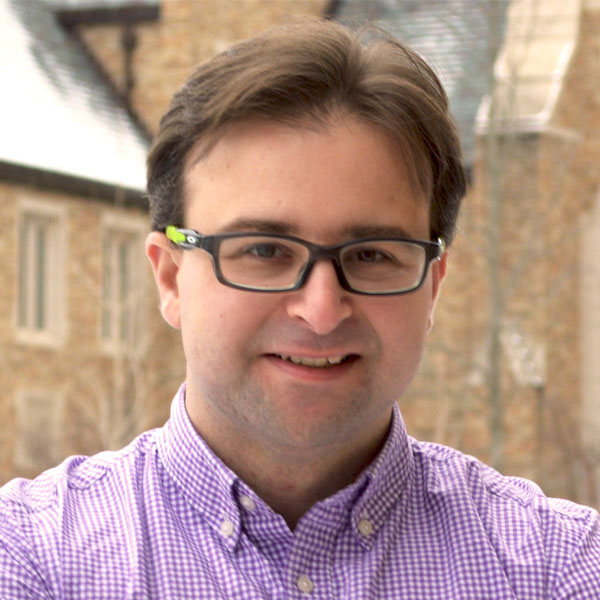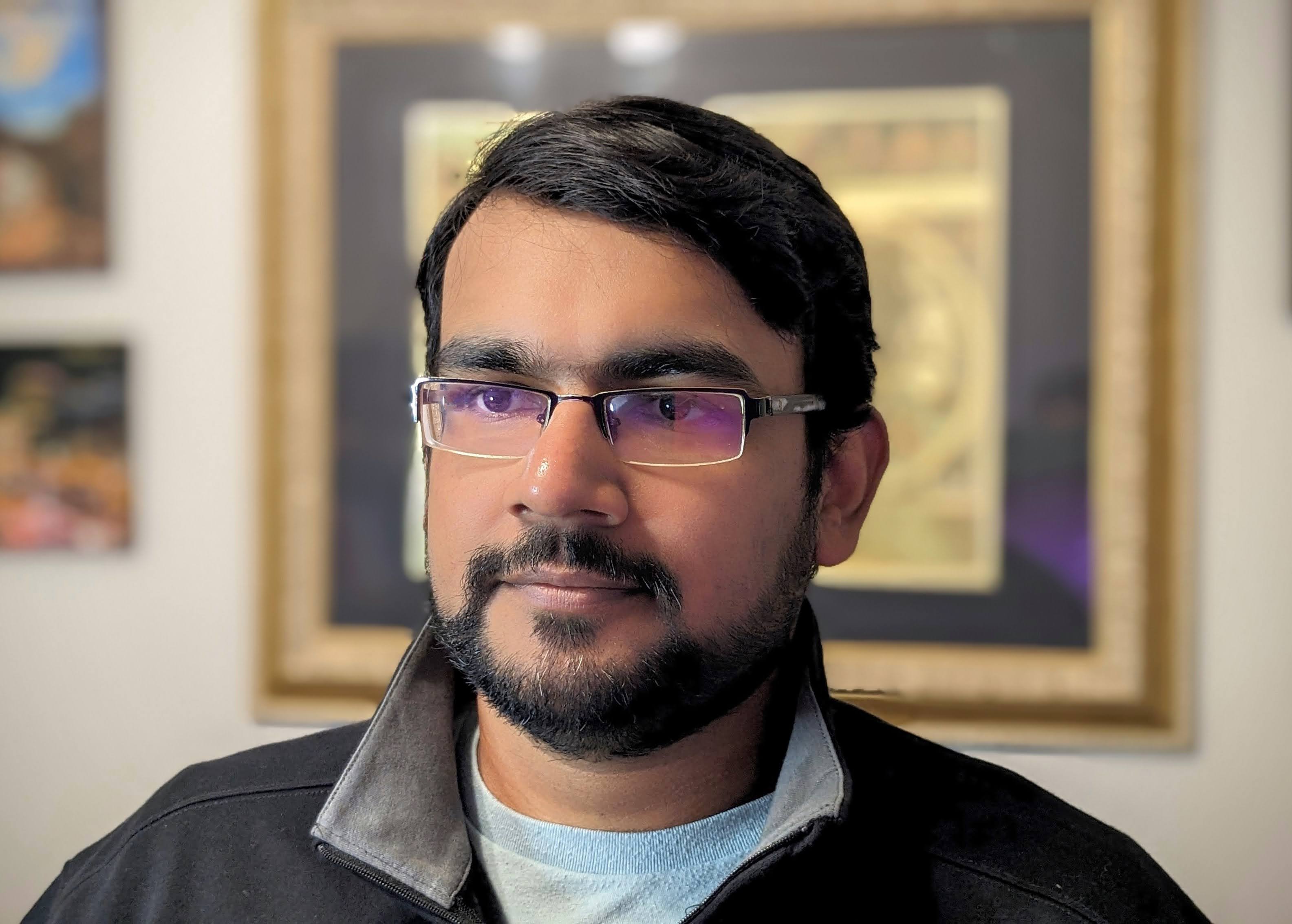
The Computational Hydraulics Group (CHG) at the Oden Institute investigates the use of high-performance computing to significantly advance the state-of-the-art in environmental fluid mechanics models. We develop models and numerical methods to improve understanding of the mechanisms of flooding and storm surges involved in tightly coupled wind, waves, circulation, geomorphology, and rainfall. We develop high resolution descriptions of the physical domain and adaptively resolve energetic flow scales, and investigate accurate, robust and highly parallelizable numerical algorithms. The ADvanced CIRculation modeling framework (ADCIRC) is a finite element coastal ocean model developed through collaboration between CHG and the University of Notre Dame, the University of North Carolina Chapel Hill, the University of Oklahoma and a number of other collaborators across the U.S. and around the world. The CHG also has a long history in development of discontinuous Galerkin finite element methods and its members are among the developers of the high fidelity coastal and riverine flow Discontinuous Galerkin Shallow Water Equations Model (DG-SWEM). DG-SWEM is developed as a collaboration between the CHG, Ohio State University, and the University of Notre Dame. In addition to these models, the CHG uses and contributes to the development of other models, including the Adaptive Hydraulics (ADH) model from the United States Army Corps of Engineers. Recently, CHG researchers have developed software to couple some of the aforementioned models in an effort to maximize the exploitation of the strengths of each individual model.
Directors

Faculty and Research Staff


Staff
Members outside the Oden Institute
Chrysoula Panethymitaki, Trey Gower, Ira Narang
CHG's recent efforts include investigation of high-resolution algorithms based on discontinuous Galerkin finite element methods. Methodologies are being implemented and tested on a variety of computational platforms, from workstations to petascale parallel computers. The parallel simulators are scalable to tens of thousands of processors.
CHG researchers are part of the multi-university ADCIRC (Advanced Circulation) development team. ADCIRC is a modeling framework for shallow water hydrodynamics, with applications to hurricane storm surge modeling, coastal sustainability and development of hurricane protection systems, and modeling of coastal environments. In addition, the group develops "next-generation" simulators with the long-range goal of performing high-resolution, operational real-time forecasting and hindcasting.
In addition to developing numerical methods for PDEs, CHG performs research in data assimilation and parameter estimation, using variational methods and ensemble methods. These algorithms are also being applied to problems in groundwater and surface water.
Projects:
HEC-RAS Distributed-Memory Parallelization for Facilitating Computationally Intensive Hydraulic Model Simulations
Texas Water Development Board
Clint Dawson
Collaborative Research: Advancing the Data-to-Distribution Pipeline for Scalable Data-Consistent Inversion to Quantify Uncertainties in Coastal Hazards
National Science Foundation
Clint Dawson
Natural Hazards Engineering Research Infrastructure DesignSafe-CI
National Science Foundation
Ellen Rathje, Clint Dawson, Jamie Padgett, Jean-Paul Pinelli, Dan Stanzione
Identifying the Transitional Flooding Zones along the Coast of Texas: A Historical Analysis
Texas Water Development Board
Clint Dawson
Galveston Bay Park Plan Engineering Study
Rice University
Clint Dawson
MuSiKAL: Multiphysics Simulations and Knowledge discovery through AI/ML technologies
Department of Energy
Clint Dawson, Tan Bui, Zong-Liang Yang, Dev Niyogi, and Bridget Scanlon
FloDisMod-Framework for Flood and Disease Modeling
Wellcome Trust
Clint Dawson, Katherine Brown, Eirik Valseth, Teresa Feria Arroyo, Tamer Oraby
Multiphysics Simulations, Inverse Problems and Modeling for Decision Making in Coastal Hydrodynamic Applications
U.S. Army Corps of Engineers
Clint Dawson
Generative Models for Nonlinear PDEs
Los Alamos National Laboratory
Clint Dawson